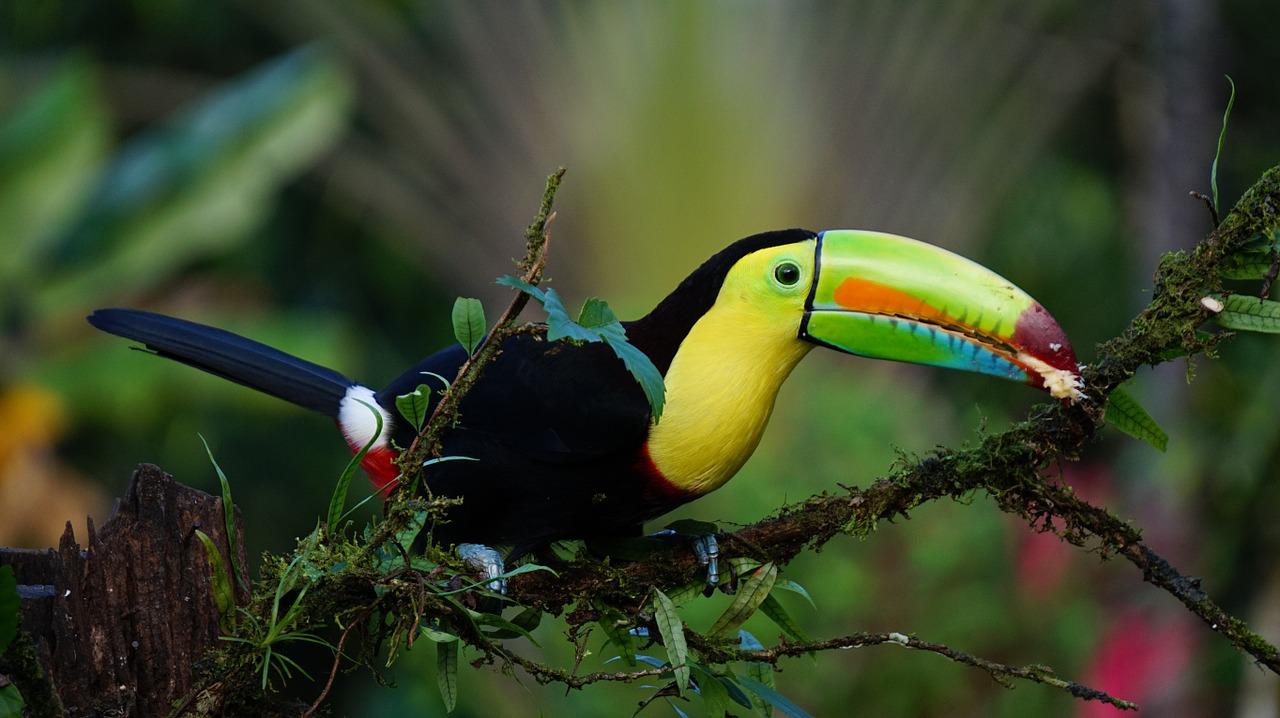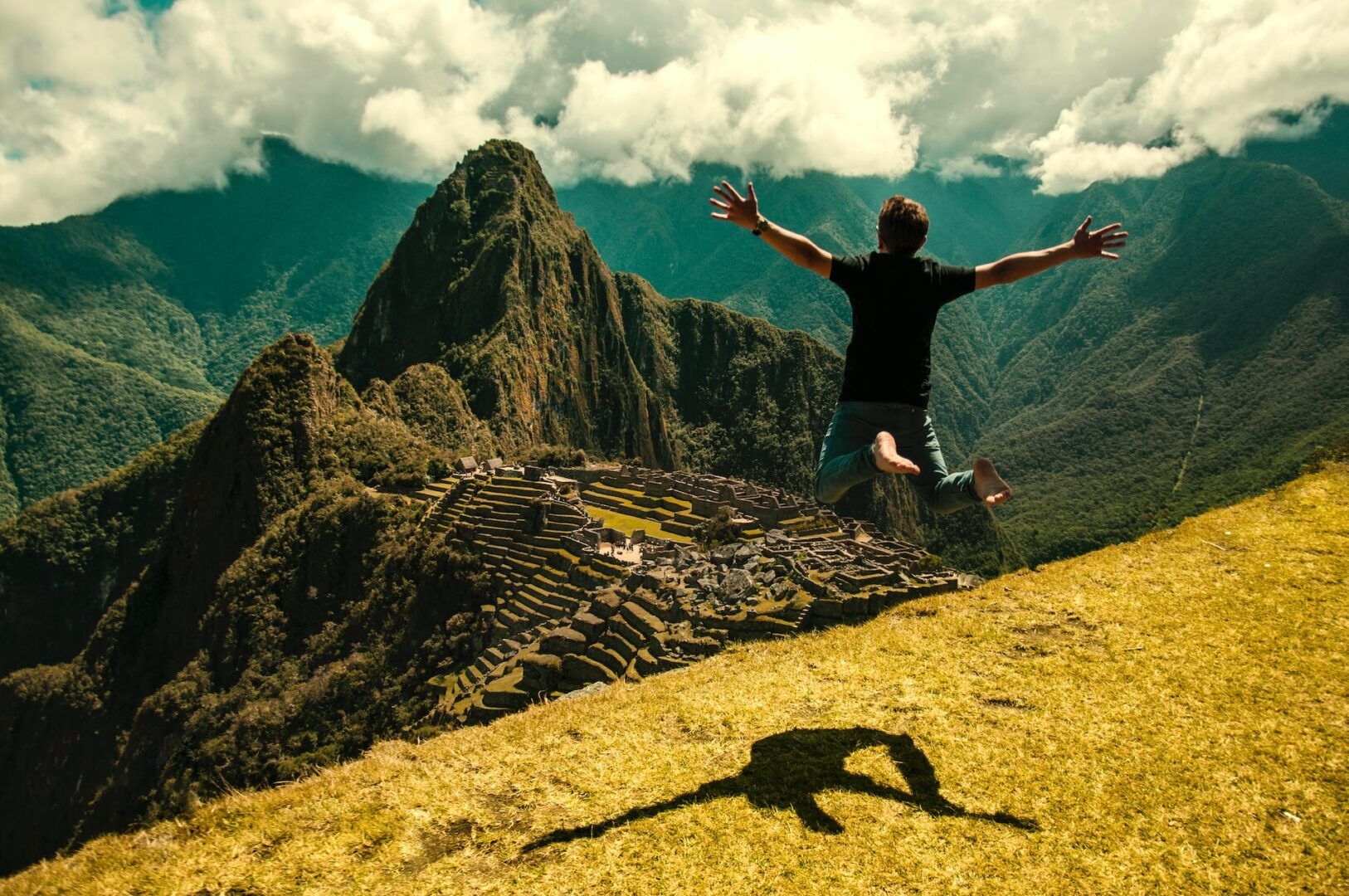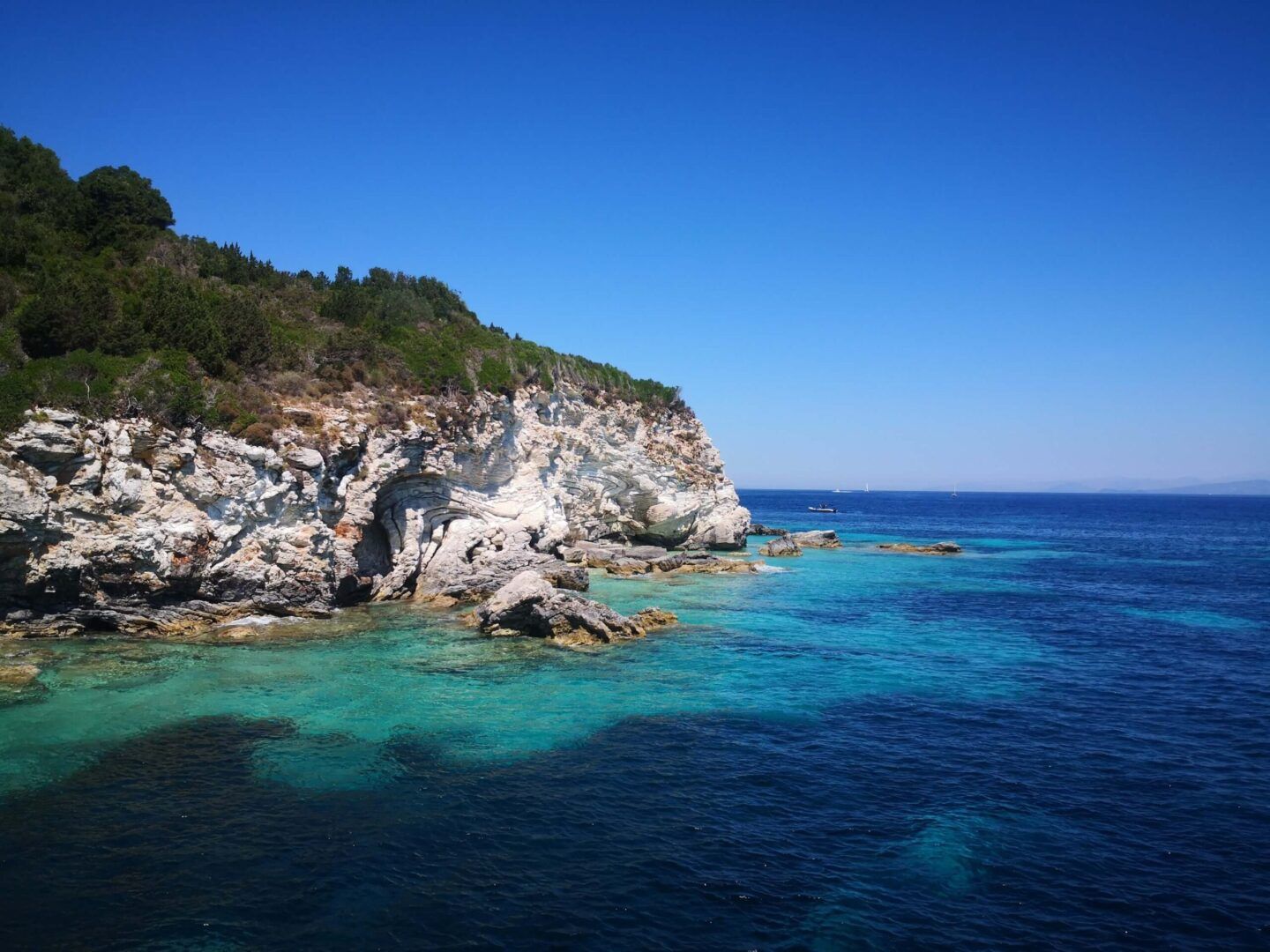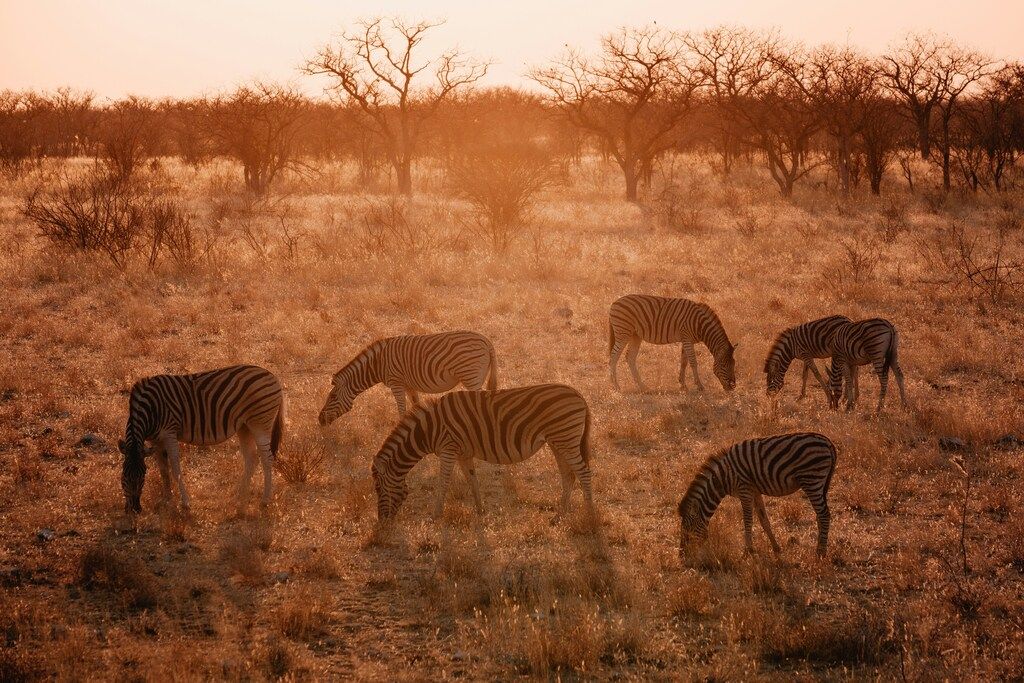

Namibia might be the most mysterious of all safari destinations. Imagine red dunes fading into the horizon, shipwrecks on Skeleton Coast, and surreal wildlife scenes—this is a Namibia safari.
Namibia might not be your first safari thought, but that’s exactly what makes it an unforgettable, one-of-a-kind destination. A Namibian safari is a hidden gem for adventurers seeking epic landscapes and wildlife far from the tourist trail.
Is Namibia any good for safaris, you might be wondering? Absolutely. From Etosha’s vast salt pans to foggy coasts with desert lions, Namibia delivers wild beauty in breathtaking variety.
Etosha National Park: The classic safari destination
Etosha National Park is Namibia’s most famous safari destination and a must-do for anyone travelling to this enthralling country. It covers 22,000 square kilometres, with its dazzling salt pan so vast it’s visible from space.
But don’t be fooled; this bleak stretch of desert plains is far from empty. Surrounding natural springs attract huge numbers of animals during the dry season, from May to October. Wildlife watching around waterholes drilled into the pan during this period is sought after by visitors and for good reason.
Etosha is where you can find some of the star attractions of Namibia safari holidays. Imagine elephants rolling in the dust at sunset, lions snoozing under thorn trees and black rhinos skulking in the shadows. Giraffes, zebras, springboks and hundreds of birds create a vibrant ecosystem you can witness unfolding before your eyes.
Self-Drive or Guided: Etosha Fits Every Style
One of the park’s biggest assets is its ease of access. Etosha is suitable for all types of travellers — whether you’re a safari enthusiast or a beginner. Perfectly managed gravel roads and clearly marked routes make a Namibia self-drive safari a total breeze. Whether you’re testing your driving skills or connecting with nature, Etosha offers something for every kind of explorer.
Prefer a more structured experience? Guided tours provide expert knowledge and make the most of every moment in the park. Massive and seemingly limitless, Etosha National Park is easily visited and explored. With its unique landscapes and wildlife, Etosha is a must on any Namibia safari itinerary. Etosha isn’t just a park—it’s raw, unfiltered African beauty and wide-open wilderness at its most powerful.
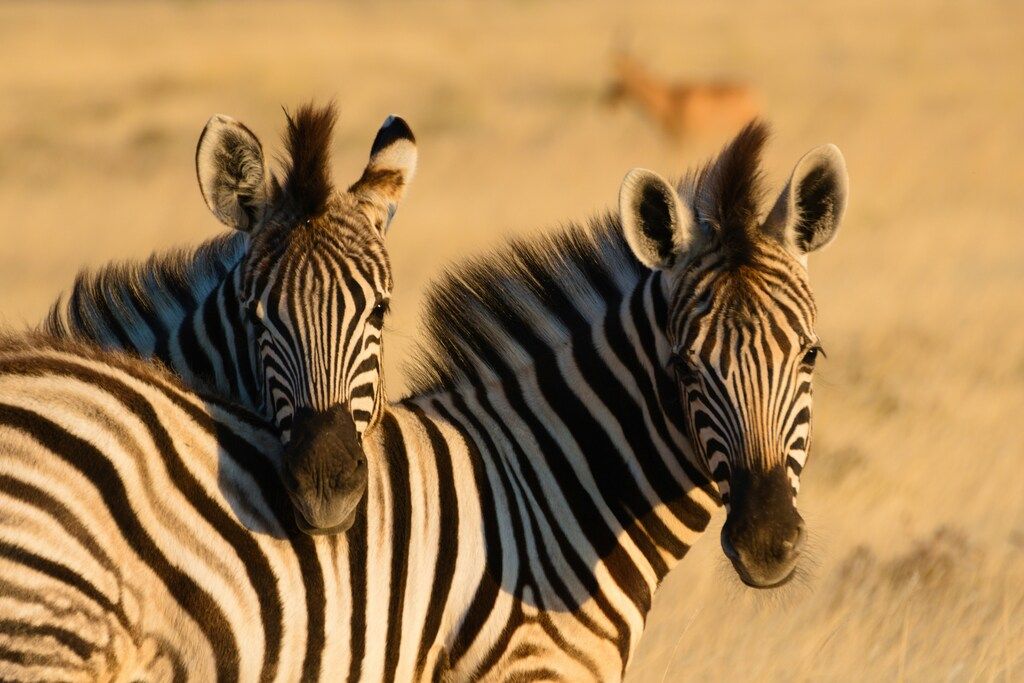
The Skeleton Coast: Surreal landscapes and desert-adapted animals
The Skeleton Coast is where Namibia meets the Atlantic—alien, wild, and unlike anywhere else on Earth. Stretching from Swakopmund to Angola, this eerie coast gets its name from shipwrecks and whale bones along the shoreline.
Frequent fog from the cold Benguela Current adds an otherworldly glow to an already surreal landscape. It’s silent and still and downright creepy, light years away from the wide open savannahs of Etosha.
This is not your typical safari reserve, but that’s what makes it so unique. The animals that make their home here have adapted and flourished in a most unusual way. You might spot desert lions in the dunes, brown hyenas in the sand, and springboks racing along the beach.
Due to the area’s vast remoteness, many opt for a fly-in safari—Skeleton Coast from above is simply unforgettable. For a deeper experience, take a 4×4 trip through Skeleton Coast’s wild heart and feel its haunting, fragile beauty.
A Namibia safari here suits seasoned travellers seeking something rarer, more remote, and off the beaten path. You won’t see the Big Five, but you’ll find silence, vastness, and a feeling few ever experience.
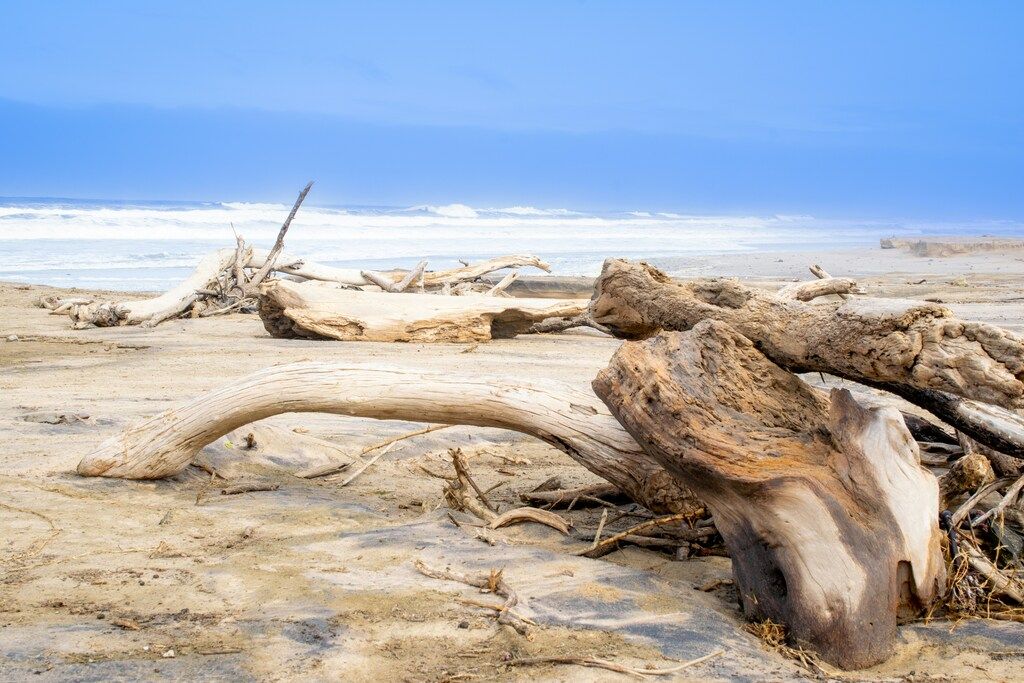
Damaraland and Kaokoland: Tracking rhinos and elephants in the wild
Damaraland and Kaokoland are for travellers who want an African safari experience in Namibia that is as wild and rugged as it is new and rewarding. Both located in northwestern Namibia, these remote regions will appeal to adventurous travellers looking to be alone in a place that they may, at first blush, feel like the planet is all theirs.
Damaraland
In Damaraland, the landscape is diverse and dramatic — ancient riverbeds meet sprawling flatlands bordered by grand rocks and peaks painted with a palette of reds, browns and amber. Desert-adapted elephants wander freely, their large and often soft feet perfectly designed for balancing their massive weight over rocky landscapes in search of water.
The area is also home to black rhino, giraffe and springbok, species that have somehow found a way to eke out an existence in one of the harshest environments on the planet. Expert-led tracking tours and Namibia safari trips are virtually the only way to see them in the wild.
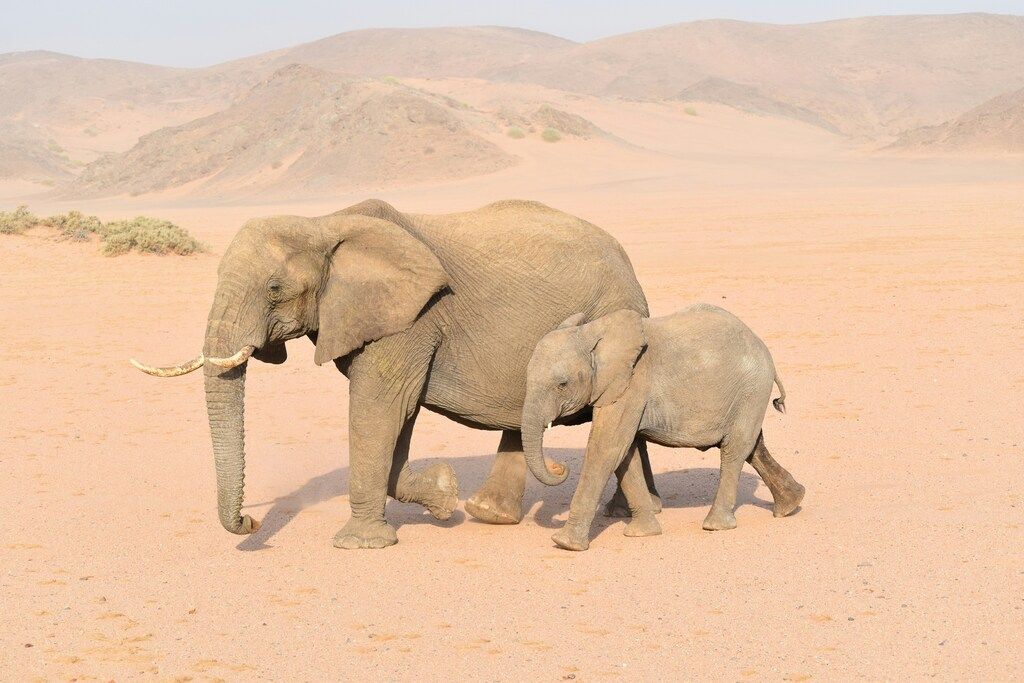
Kaokoland
Kaokoland (also known as the Kunene region) is even more out-there and, if possible, more enthralling. A rugged wilderness with the perennial Kunene River — a natural border between Namibia and Angola that stretches for 1056 kilometres — with its watery heart, along with the ephemeral wonder that is the Epupa Falls, flows effortlessly, adding to the area’s beauty.
The Himba, semi-nomadic pastoralists who coat themselves in red ochre and build their hair miles high, live harmoniously with the wilderness and with centuries-old traditions.
Given the road conditions and remoteness of both Damaraland and Kaokoland, the best option for exploring them is to join a tour. Not only are you able to gain insight from a guide (which is vital to understand the culture of the Himba), you’ll be sure to have the added security that comes from travelling in a group.
One thing’s for sure: from tracking desert-adapted elephants to admitting that the Himba women are far better at styling their hair than you’ll ever be, a trip to Damaraland or Kaokoland is one you’ll never forget.
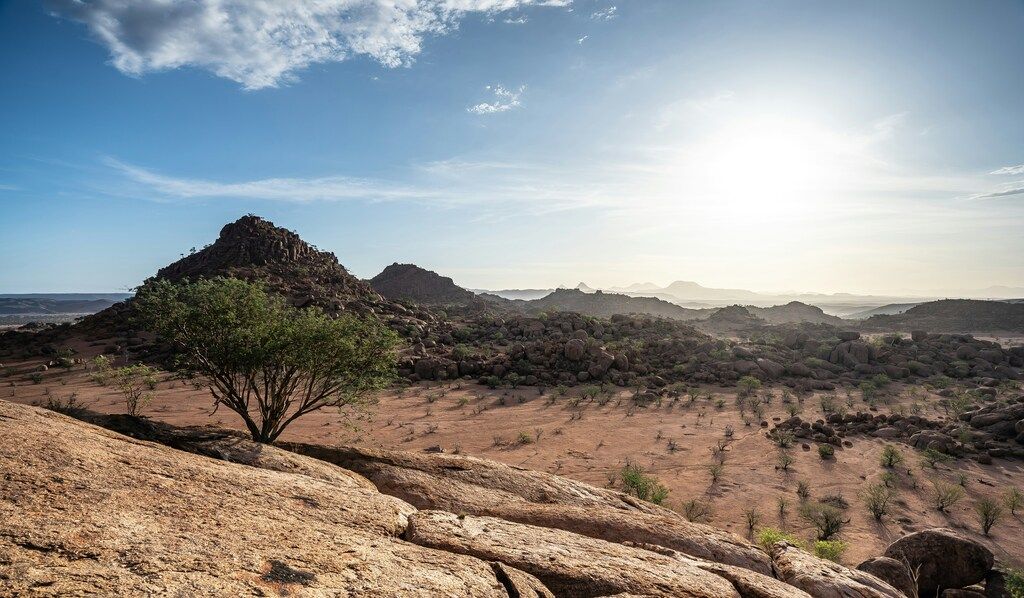
Sossusvlei and the Namib Desert: Red dunes and surprising wildlife
Hidden in the expansive Namib Desert, this parched wonderland may not be the quintessential game-viewing paradise, but what it offers instead is just as unique and no less memorable or extraordinary.
Sossusvlei‘s claim to fame is its enormous red dunes — most of which stand up to 400 metres above the valley floor — and all of which were carved out of the earth over millions of years by the wind. It’s no wonder, then, that sunrise, with its soft golden light casting long shadows along the crimson sand, is the most magical time to see the spectacle.
And though it’s not the prolific that one finds in more verdant climes, there’s something special about desert-adapted wildlife. Keep an eye out for fleet-footed oryx navigating their way along the sandy landscape, ostriches bounding across the dunes and geckos and lizards skittering over sandpaper-hued dunes. Peek behind the shapes of impressive Welwitschia plants to find subjects waiting in the wings.
To experience Sossusvlei fully, follow up your early start with a drive into the dunes (breathtaking at every turn) and then join a guided walk — a nature ramble that gives you an overview of the region’s geology and biology. Alternatively, book a guided photo safari for guidance on getting that perfect shot.
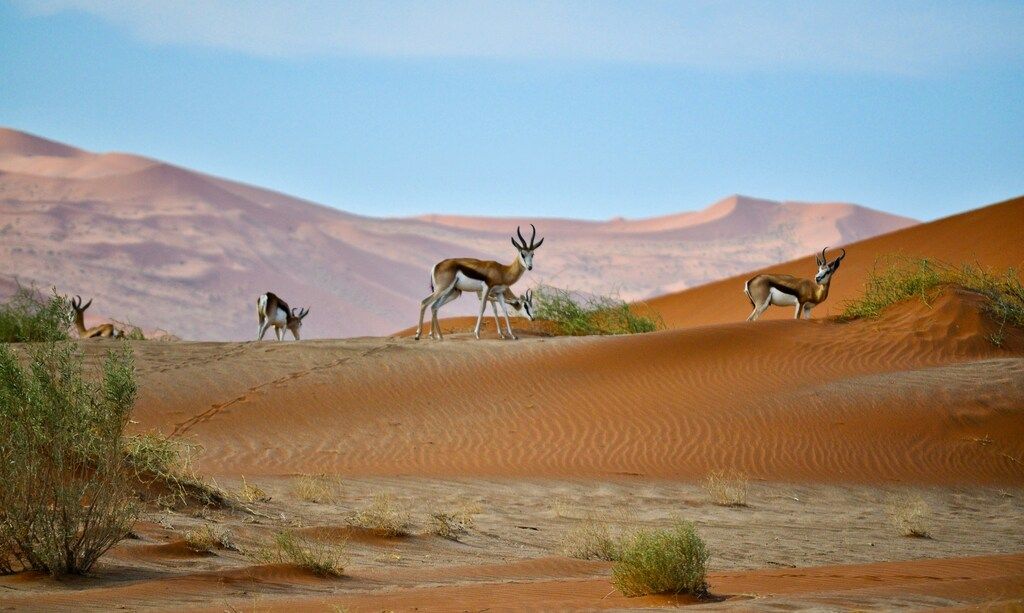
The best time for a Namibia safari
The best time to visit Namibia for a safari is from May to October, the dry season. With a near-guarantee of wildlife sightings, often even more reliable than lush, wildlife-rich Botswana, the aridity of the dry season finds animals gathering around the limited water sources available. Bare trees provide excellent visibility for game viewing and the cooler weather that prevails during the dry season also lowers the risk of malaria.
Visit Etosha National Park in particular and you may find watching herds of elephants, lions, giraffes and white and black rhinos queueing up at waterholes both easy and deeply rewarding when it comes to the photo opportunities on offer.
The wet season, from November to April, delivers a very different kind of safari. The landscape greens and water sources swell under a constant deluge; life seems to burst from the earth. Though many visitors prefer the rainfall for a lower volume of fellow tourists and the brilliantly coloured change in landscape, wildlife watching is more difficult with the rain allowing animals to wander freely, as their access to water is no longer limited.
Birdwatchers, however, will find this time of year particularly spectacular, with numerous migratory birds arriving and a landscape awash with lush, inviting new life. Generally speaking, if you crave the usual savanna wildlife, we would recommend booking a Namibia safari in the dry season. If you’re up for something different, then you can still have a great wet season safari.
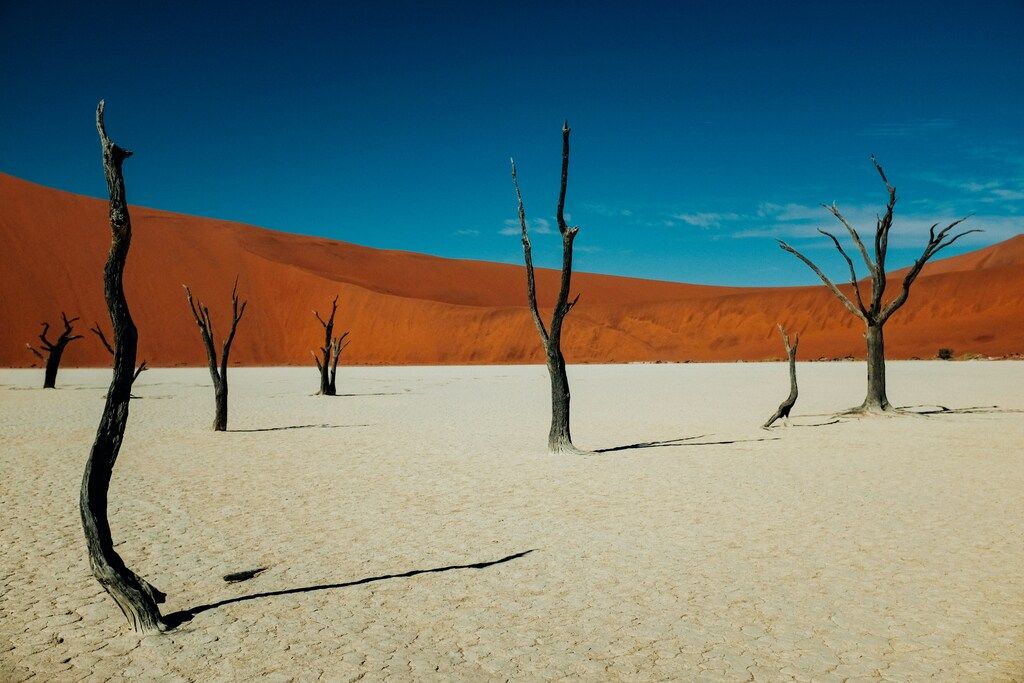
How to prepare for your Namibia safari: tips for an unforgettable adventure
Preparing for your Namibia safari trip is the most important first step in ensuring you have a good, safe and comfortable trip and that you don’t forget any of the most important elements. In terms of packing, lightweight, breathable and neutral-coloured clothing is best for the Namibian temperatures and dusty terrain.
General clothing you should take should include warm clothing for early mornings and nights (which can get quite cold) and cooler clothing for the heat of the day. Sun protection is essential too. When prepping for your Namibia safari, ensure you have a high SPF sunscreen and a wide-brimmed hat.
Polarised sunglasses are also a good idea. You’ll want to bring your camera (of course), with a zoom lens being ideal and a good pair of binoculars. Remember, you shouldn’t disturb the wildlife by getting too close. Pack your gear in Ziploc bags or cases to stop any dust from getting in.
Before your Namibia safari departure, you should also probably get travel insurance and make sure you’re up to date on routine vaccinations and any specific vaccinations for the region you’re travelling to. Bad health is the enemy of a great adventure.
For practical advice on how to get the most out of a guided wildlife trip, check out these top tips for your safari adventure in Africa.
Explore Namibia with a Group Safari: The Adventure of a Lifetime
Namibia is kind of the African safari destination that no one talks enough about and we don’t totally understand why. It has everything you could possibly want in a trip to Africa — huge red dunes, ancient dry riverbeds, salt pans dotted with wildlife and endless ocean fog along the coast.
Without a doubt, it’s one of the most beautiful countries on the continent. From the desert-adapted elephants of the northwest to the thousands of shipwrecks that give the country a unique flavour on the Skeleton Coast, Namibia is one of the most diverse places in all of Africa.
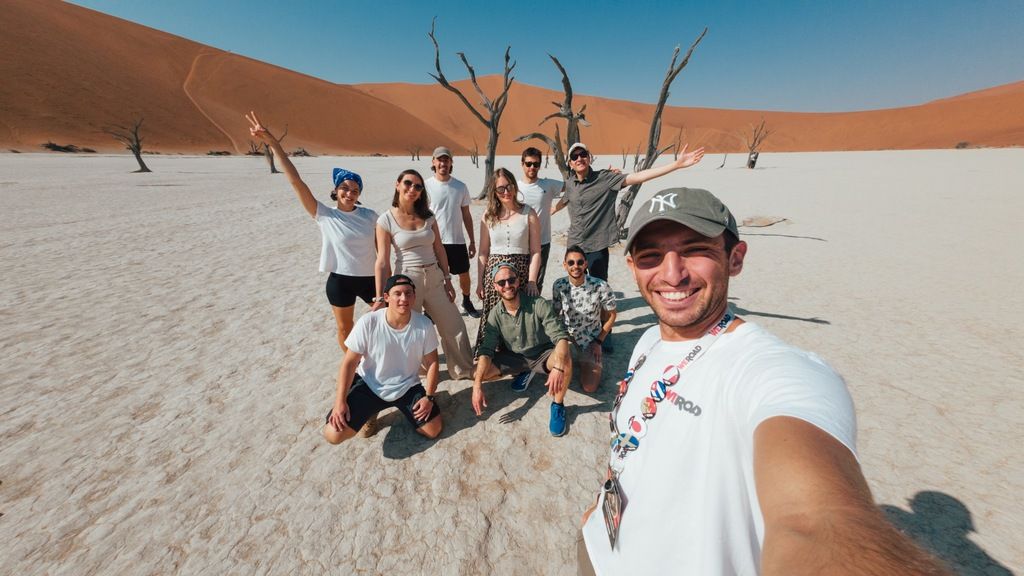
One of the best ways to see it all? Join an organised group trip to Namibia. Joining a group tour to Namibia is the easiest way to tackle all that the country has to offer without returning home with regrets. You are with local guides that know the country well; hopefully you’ll learn a little about Namibia’s geography, culture and history and meet other like-minded travellers that don’t mind driving the long, open desert roads.
Park permits, hotel bookings and safari bookings — they’re all handled. All you have to do is sit back, relax and take in one of the most beautiful places on earth. Verdict: a Namibia group tour is a win-win.
You could be watching the sunrise light up immense red dunes outside of your Safari Namibia Lodge back door. You could be sitting at a waterhole, watching a grumpy old black rhino. Whether that memory comes from a planned safari activity or not, in the end, you have that moment from Namibia that will be on your mind forever. This country has a way of staying with you.
If you’re ready for a Namibia experience, consider a Namibia group tour as an option — it’s the best way to explore Namibia.

